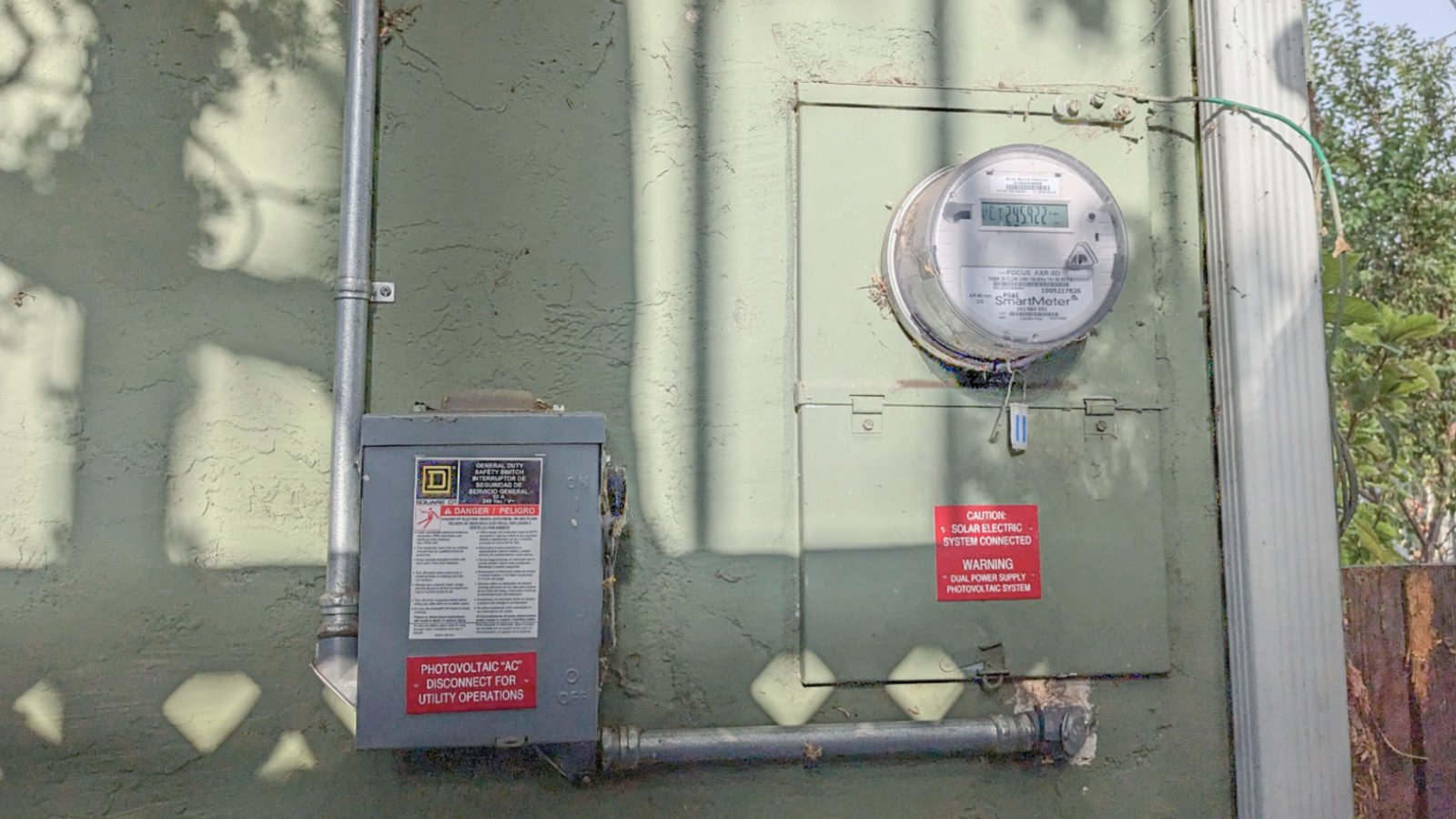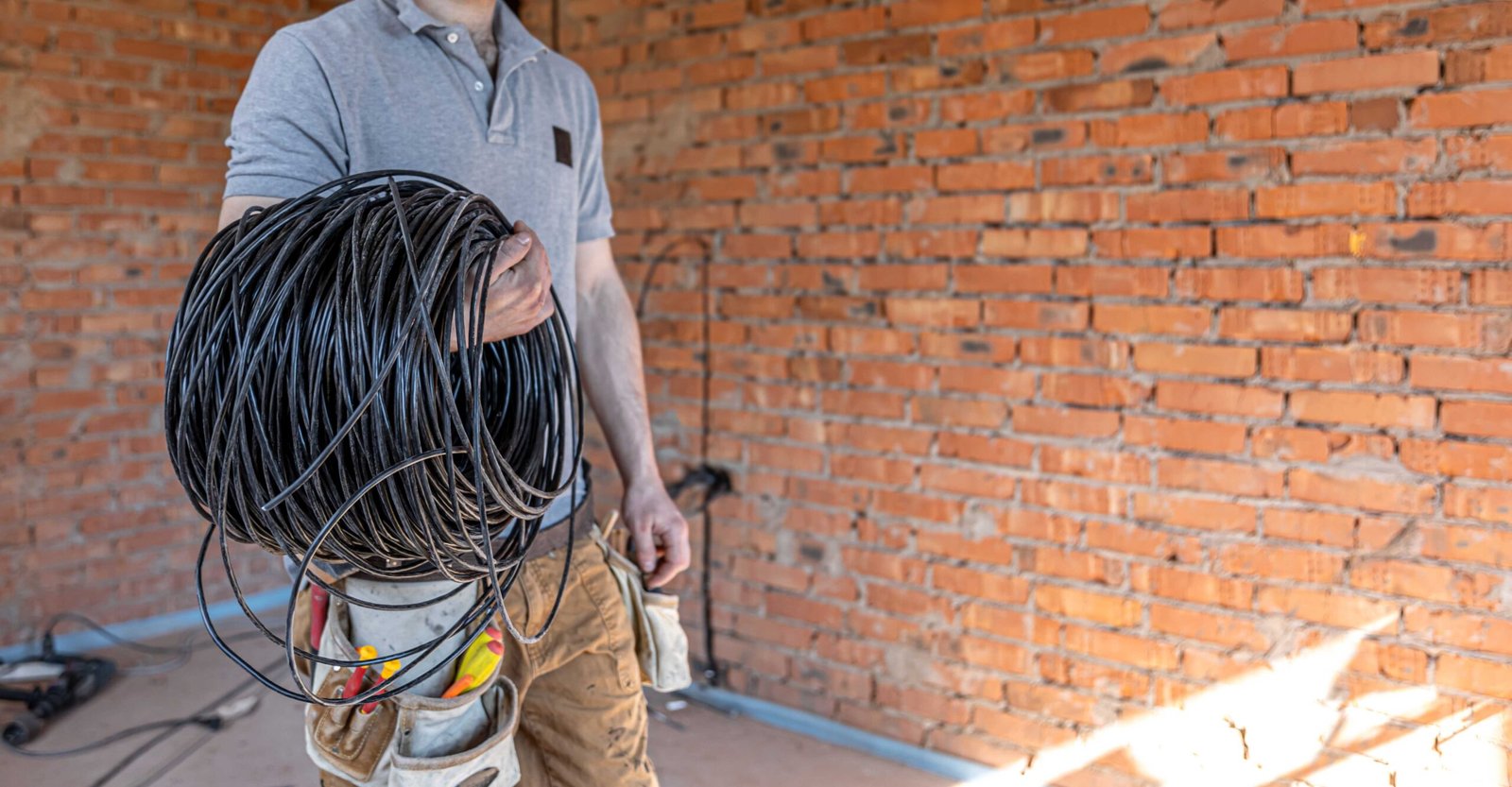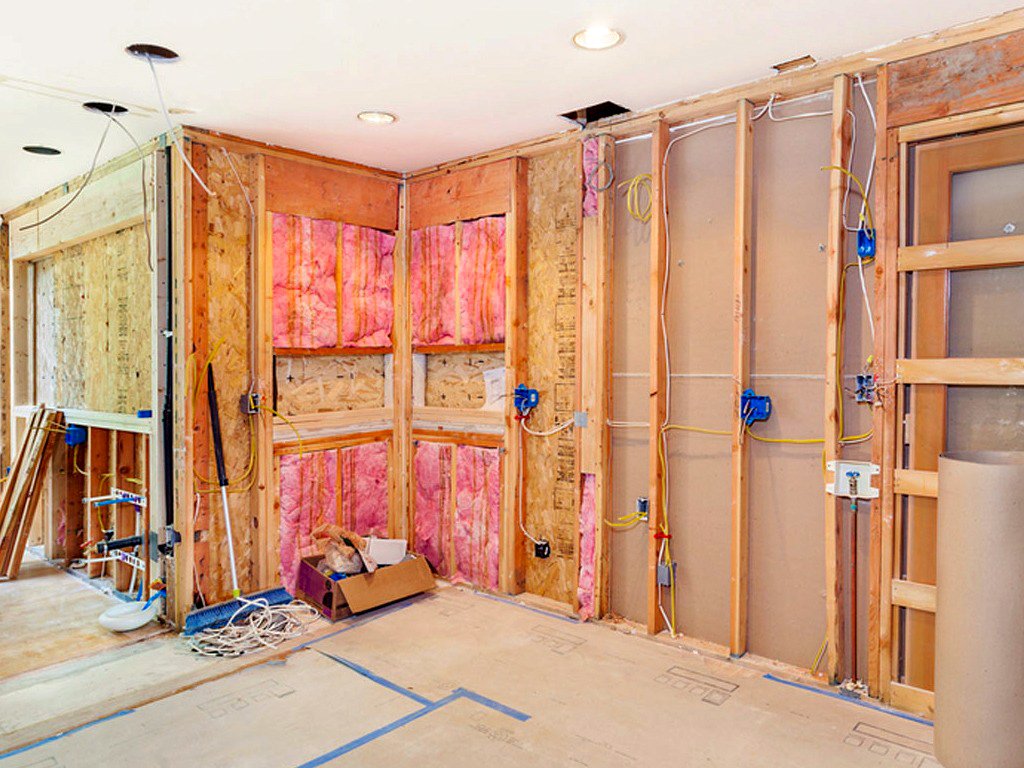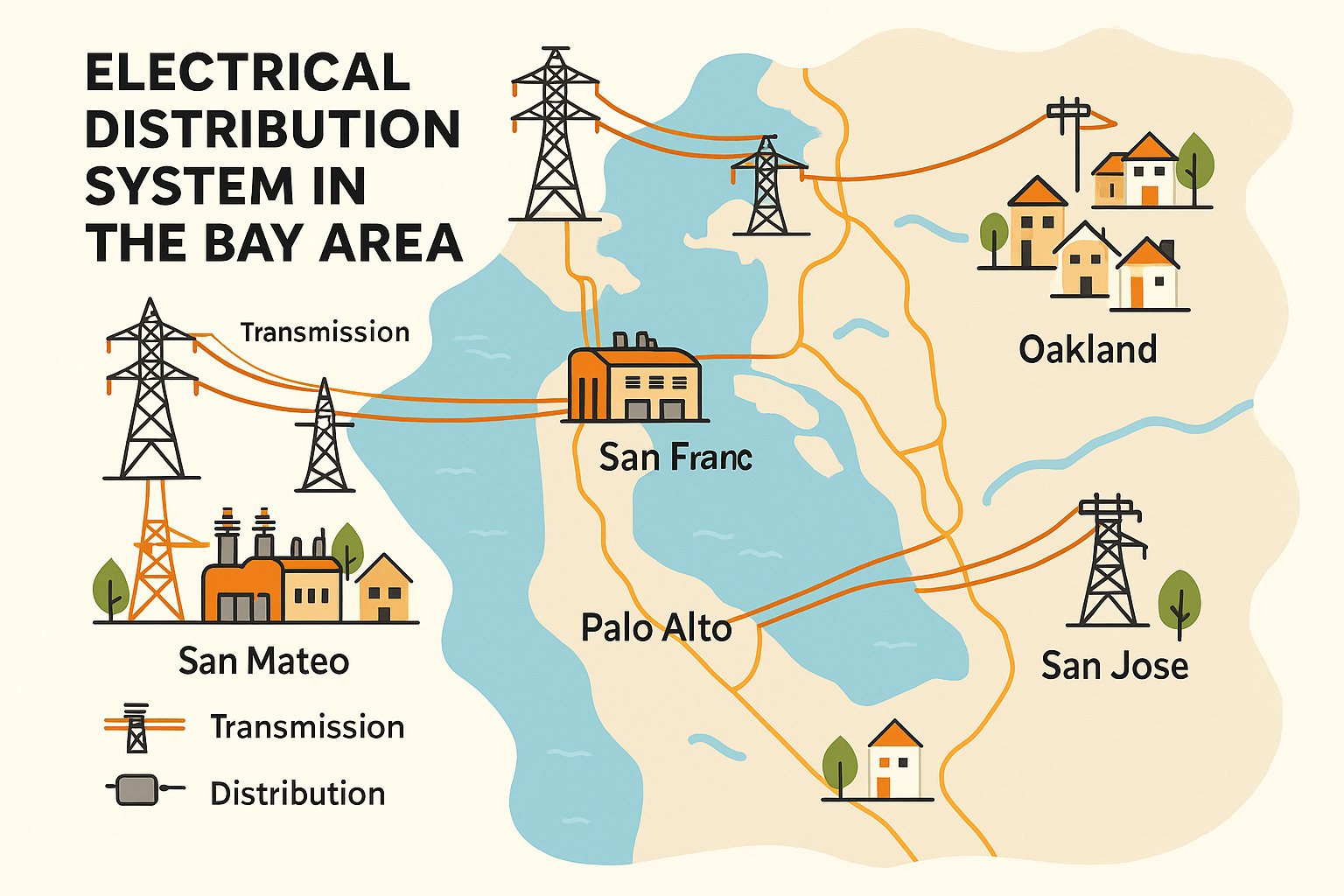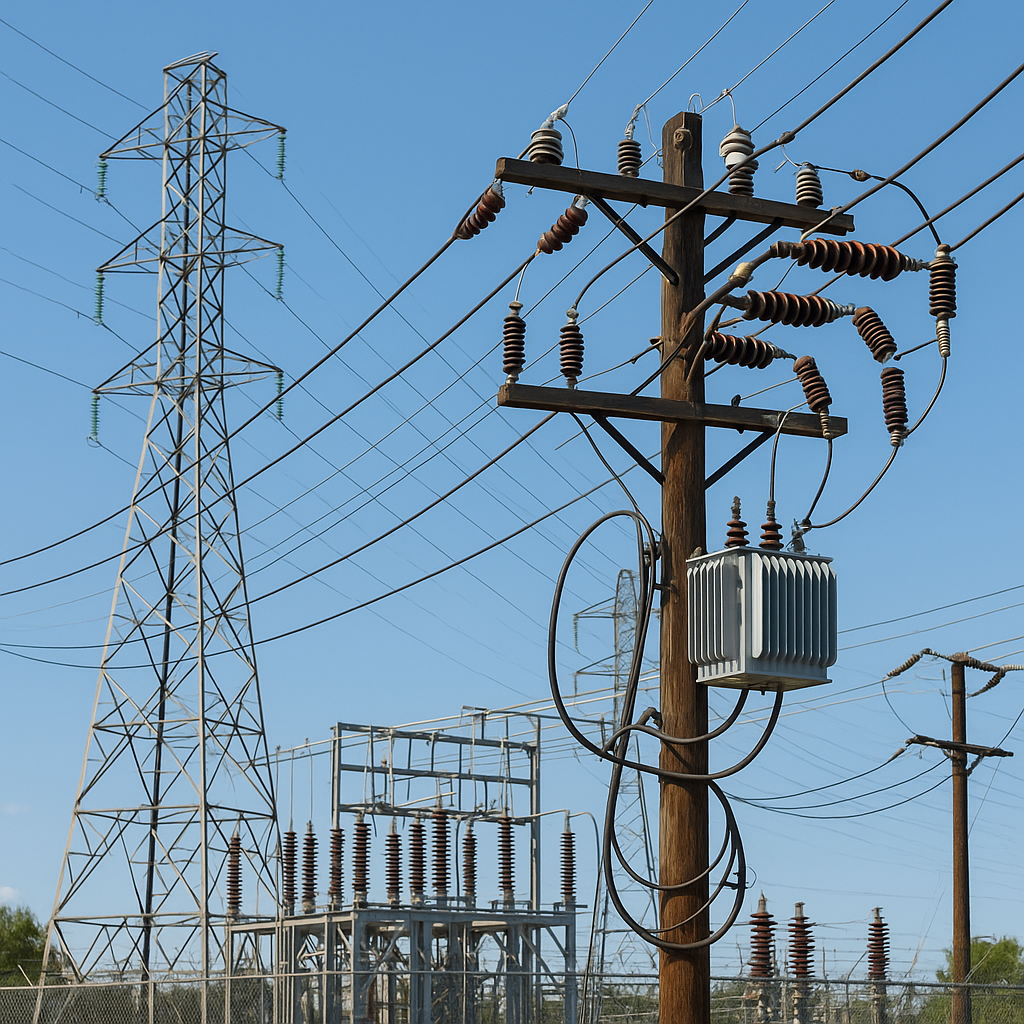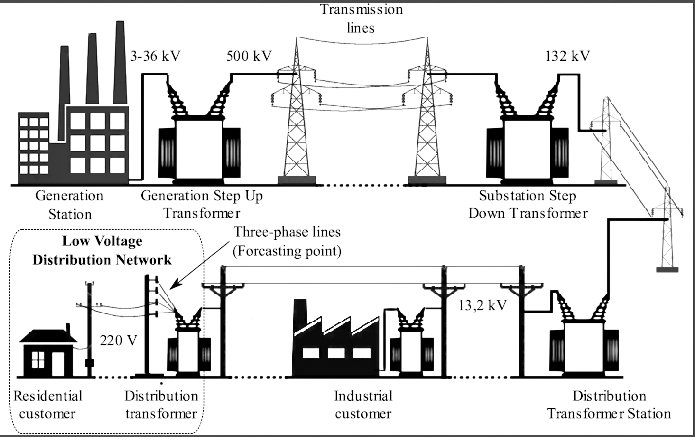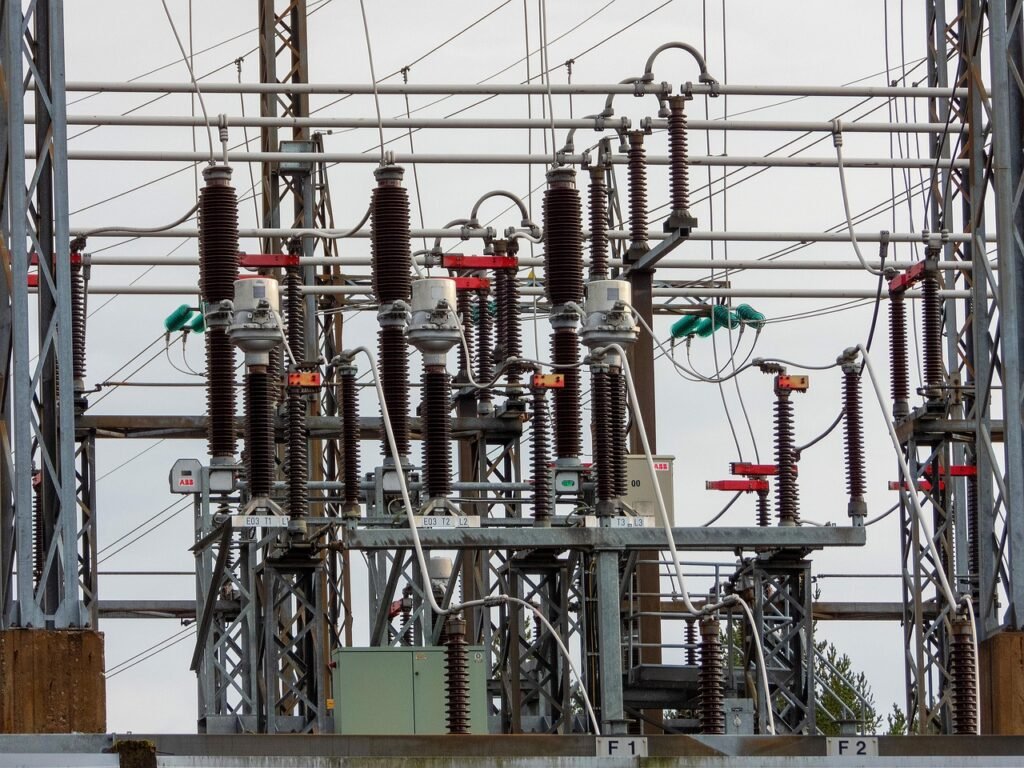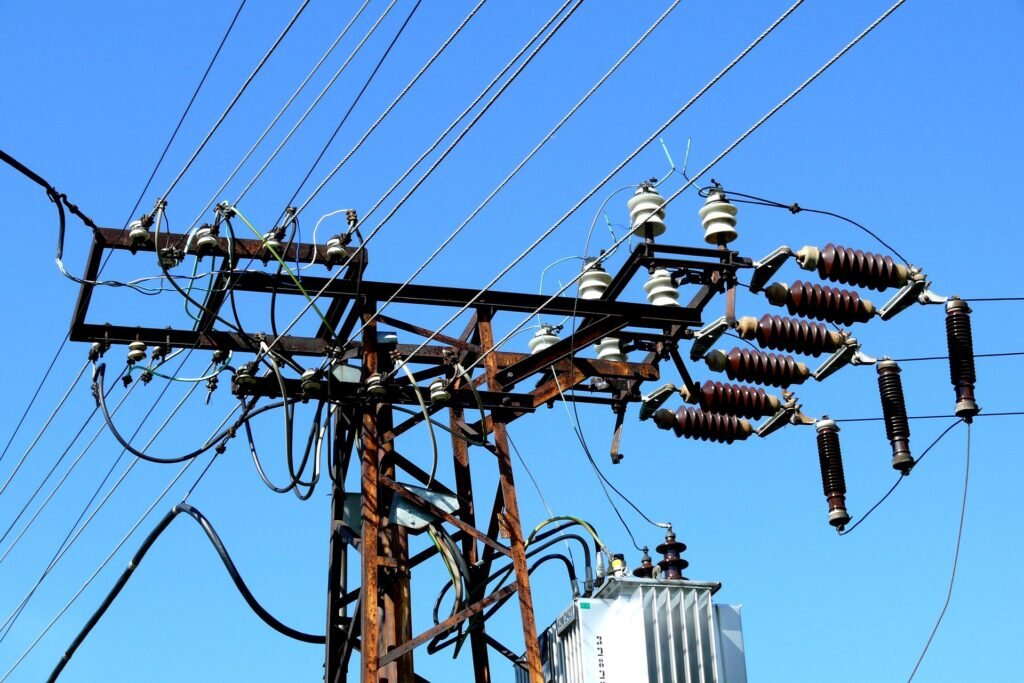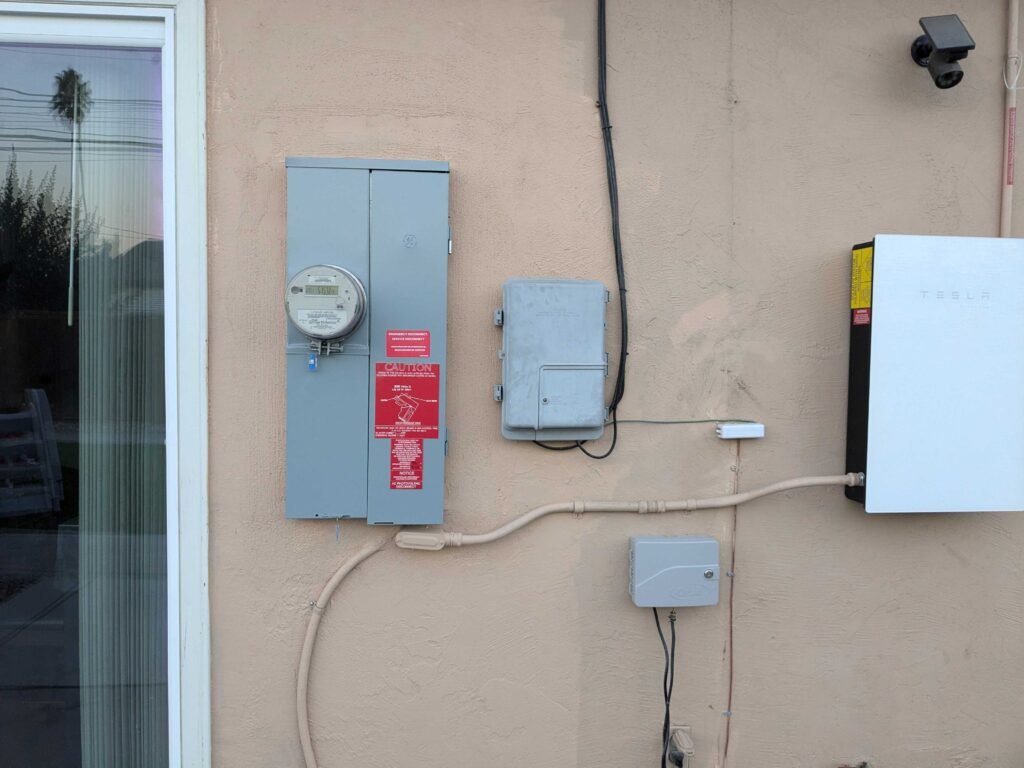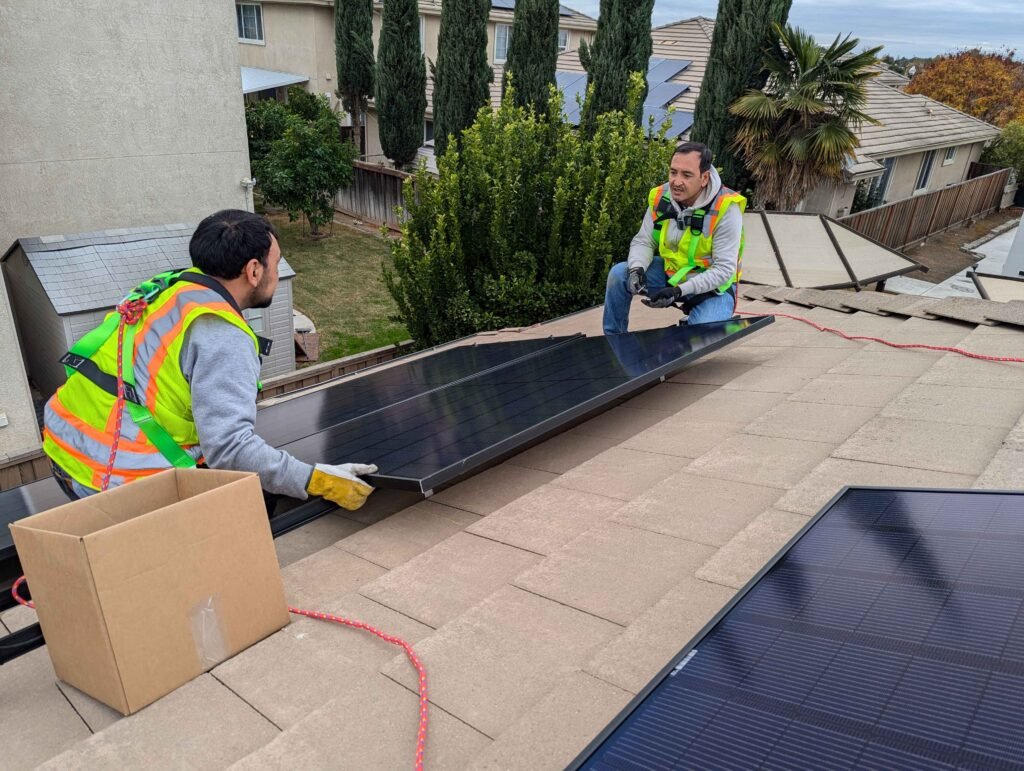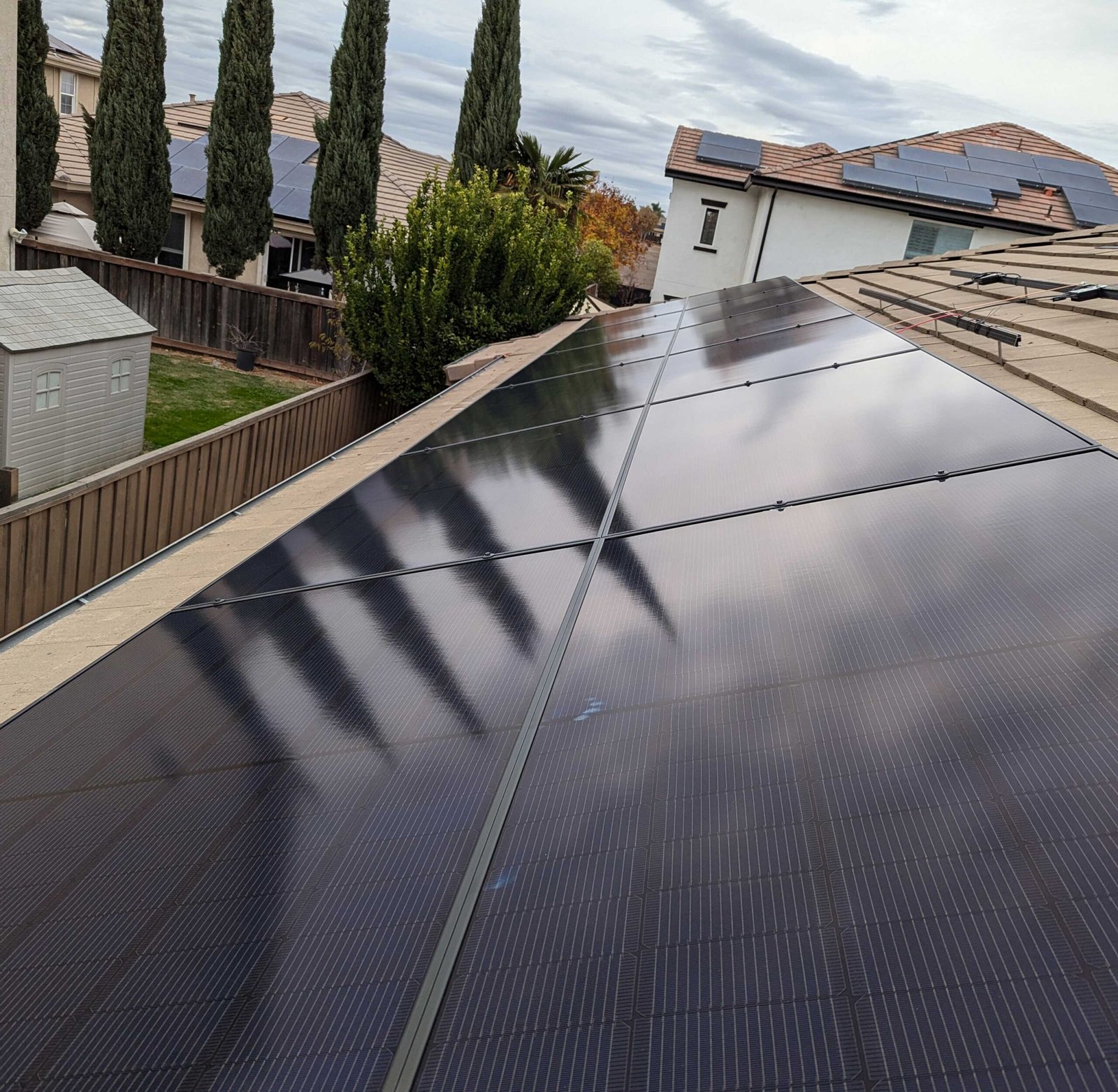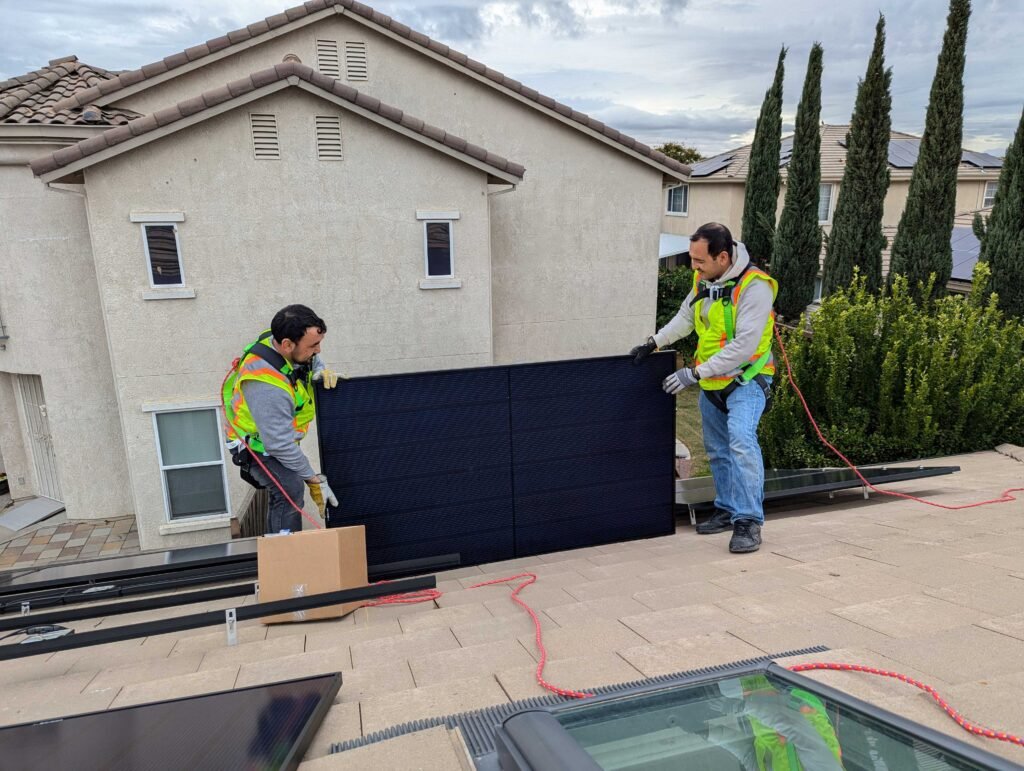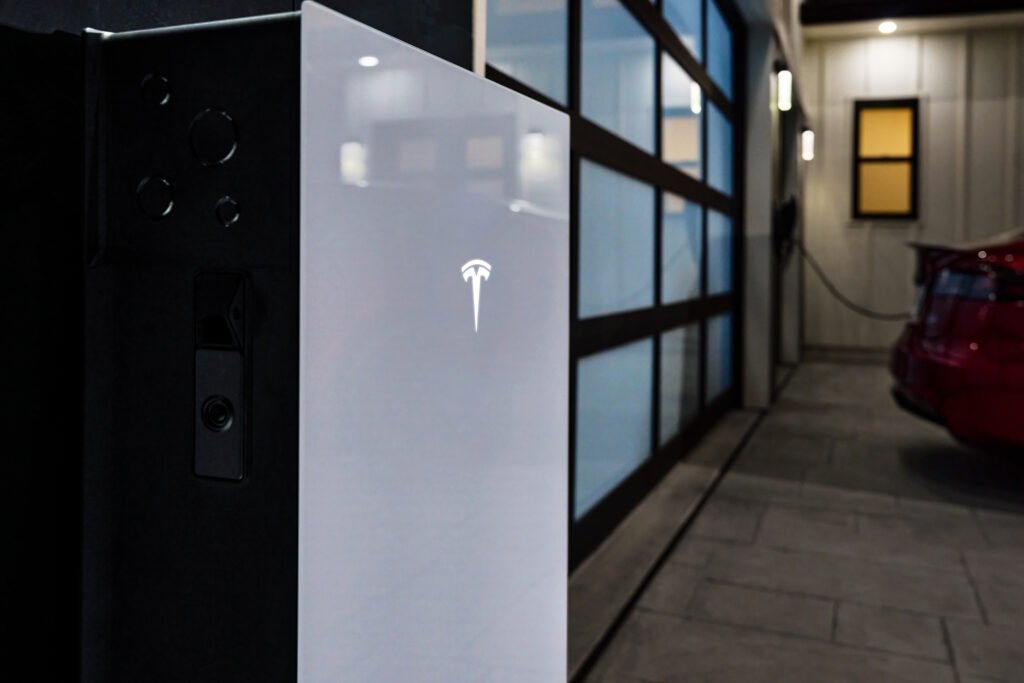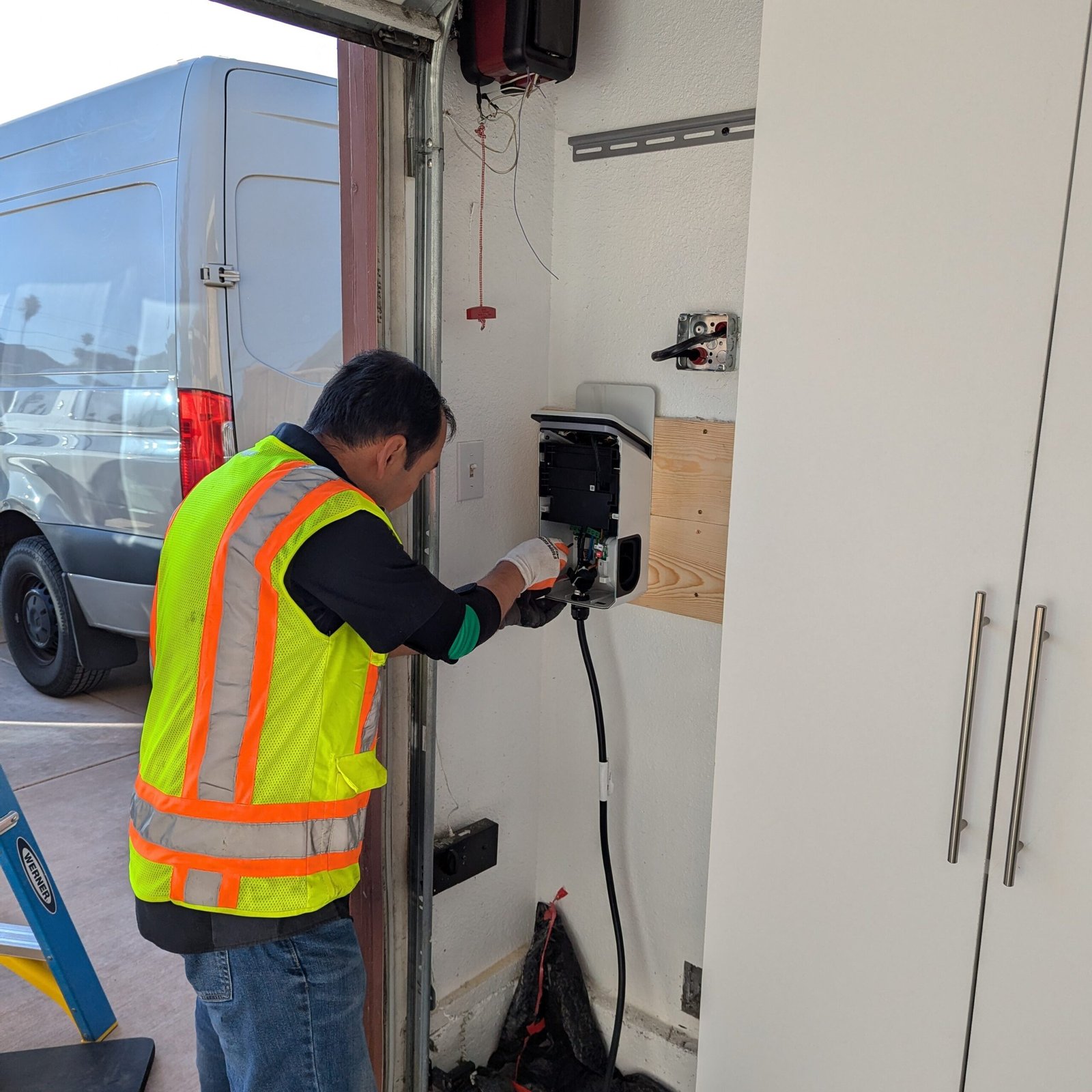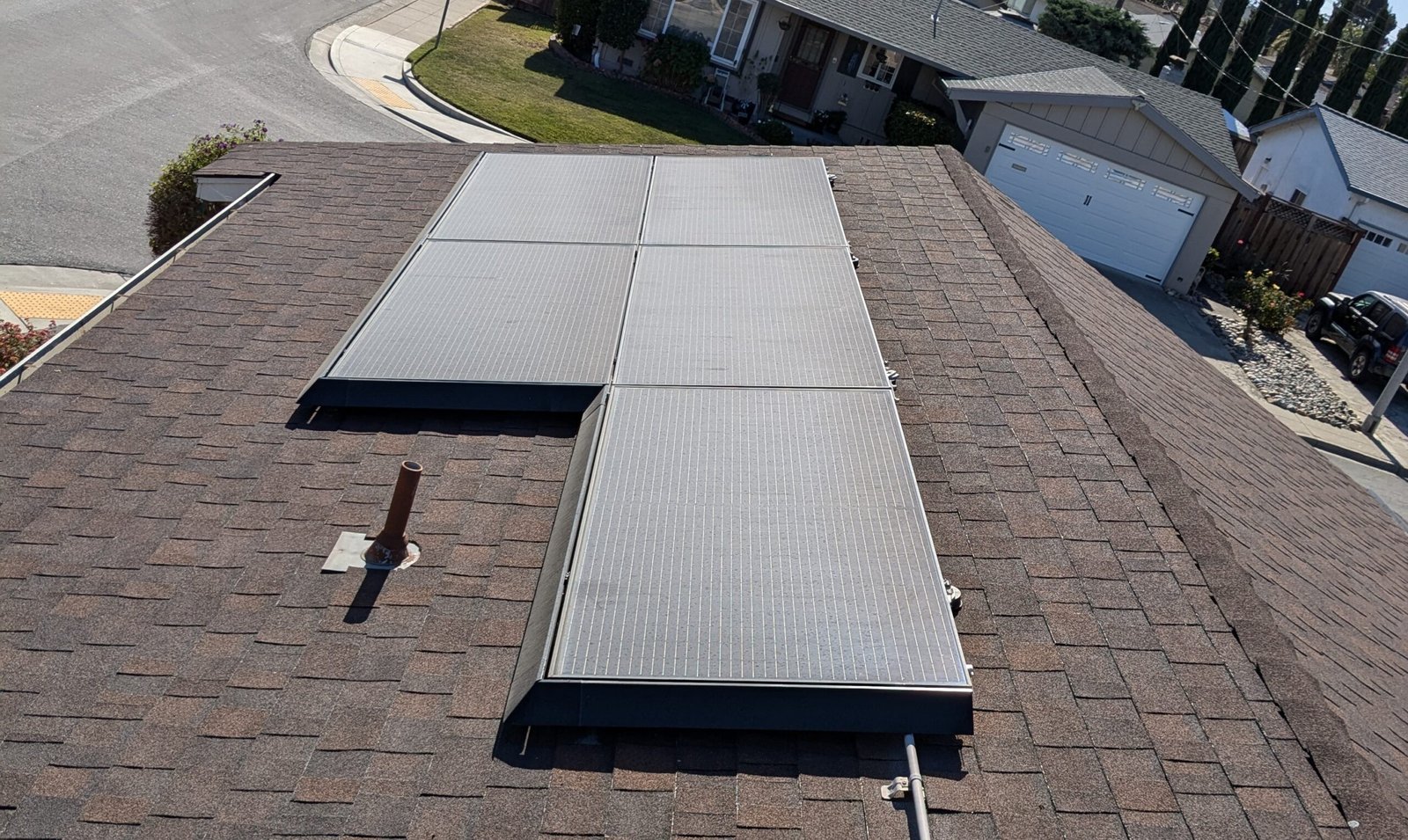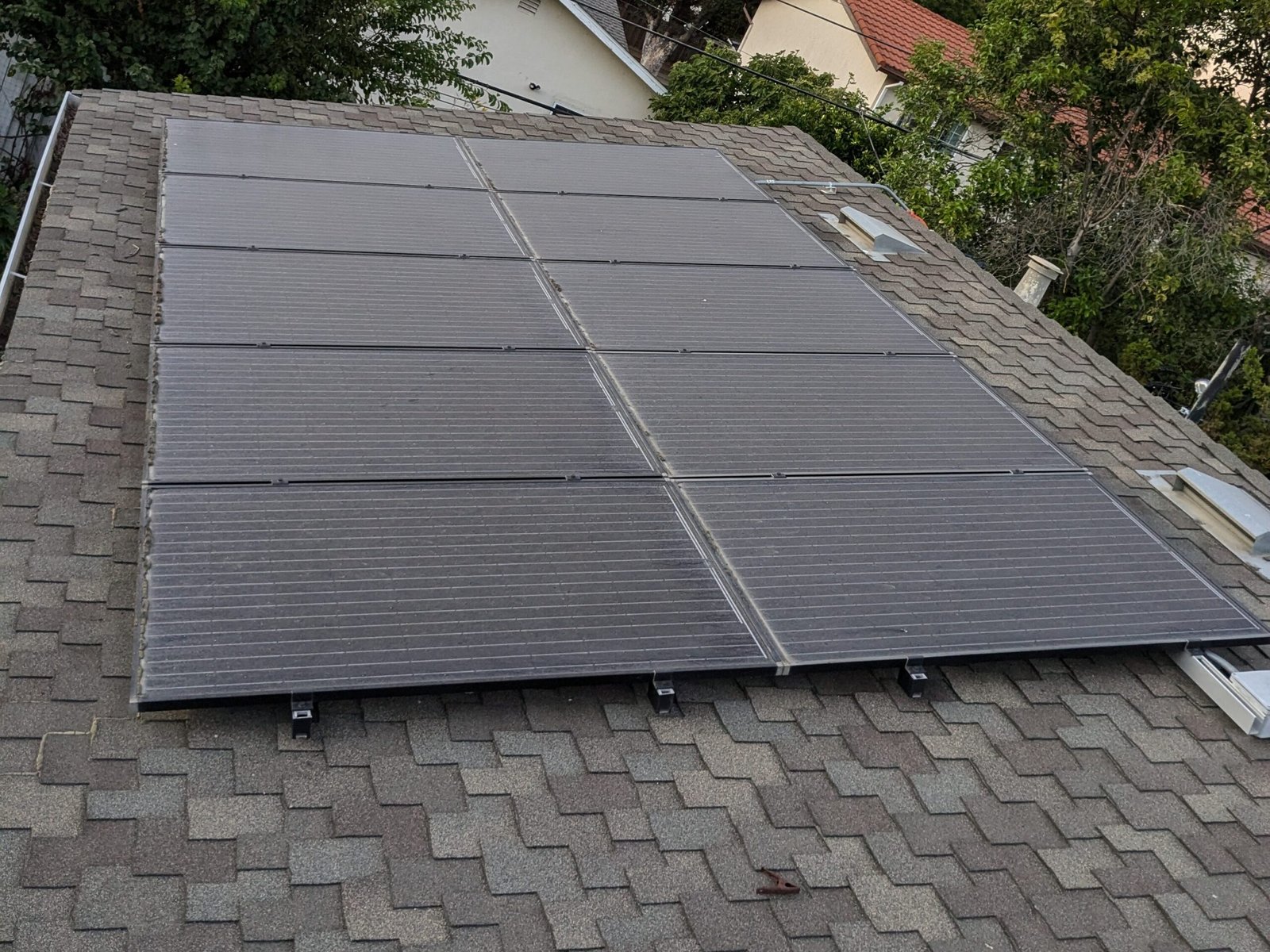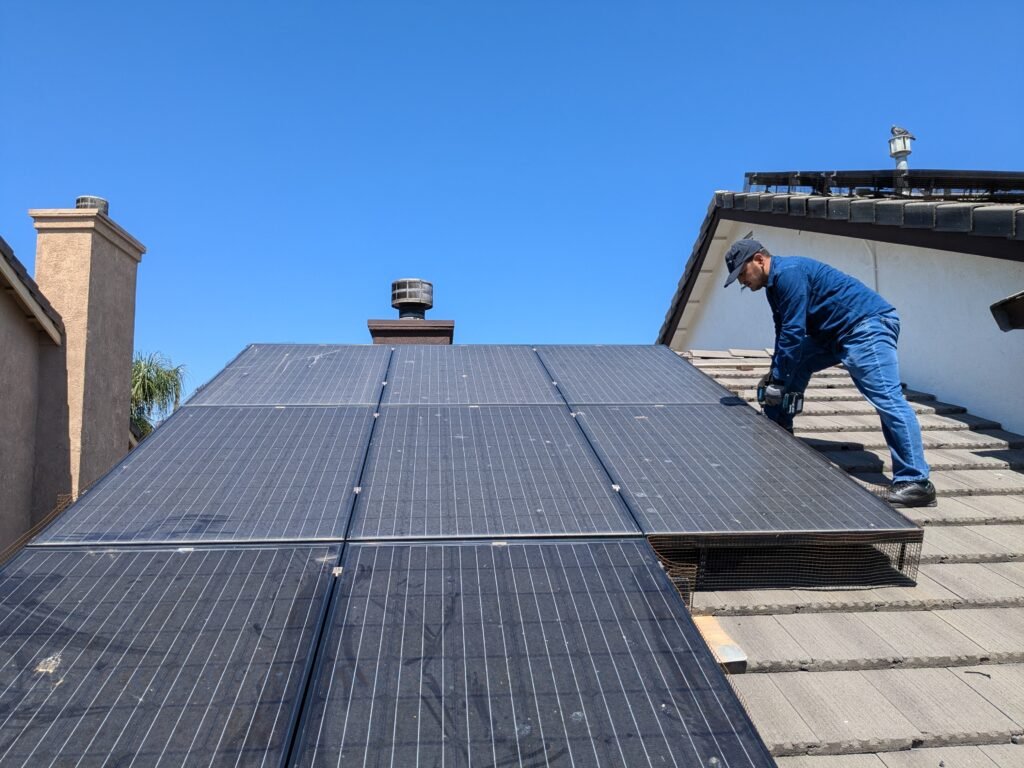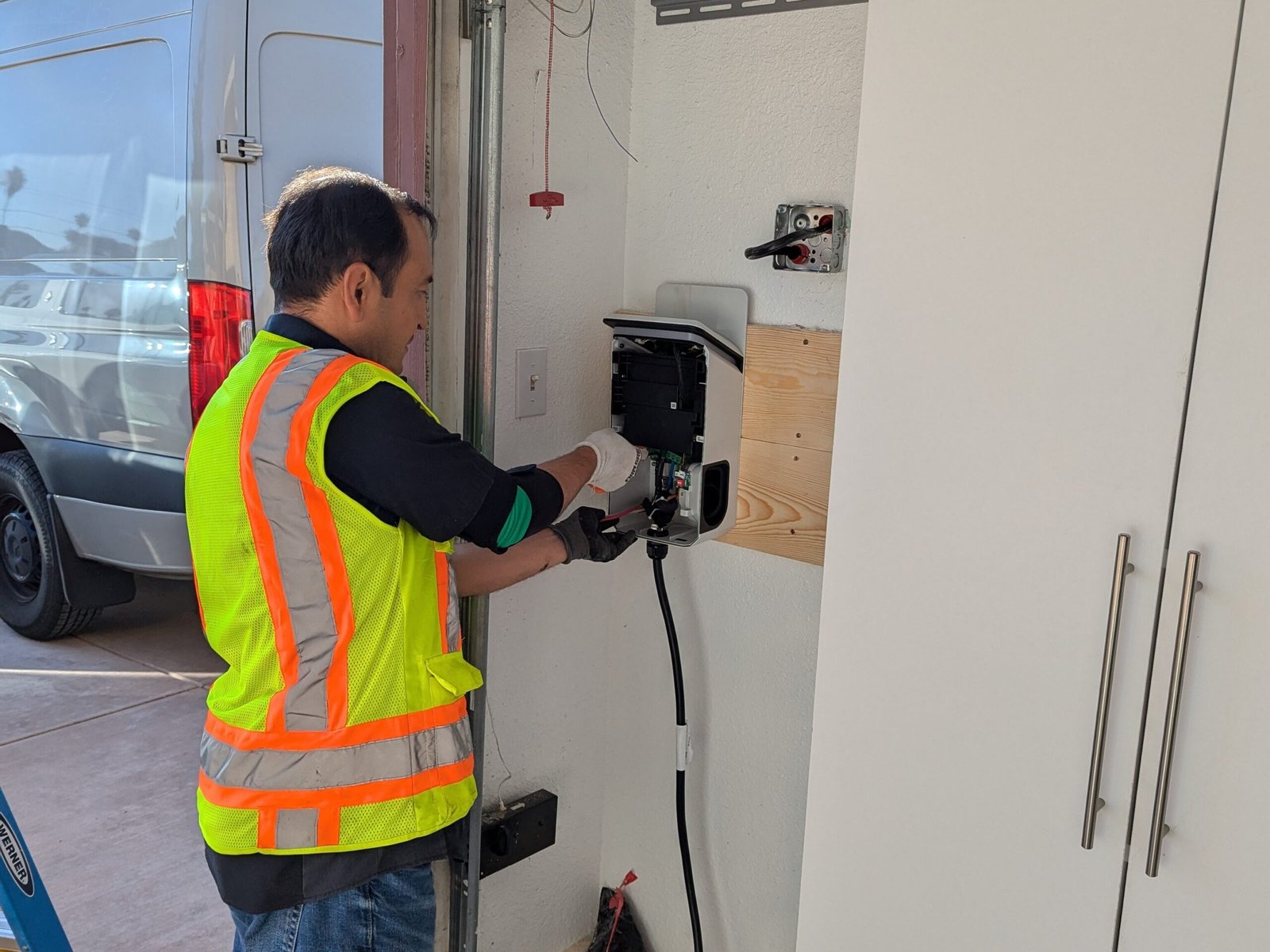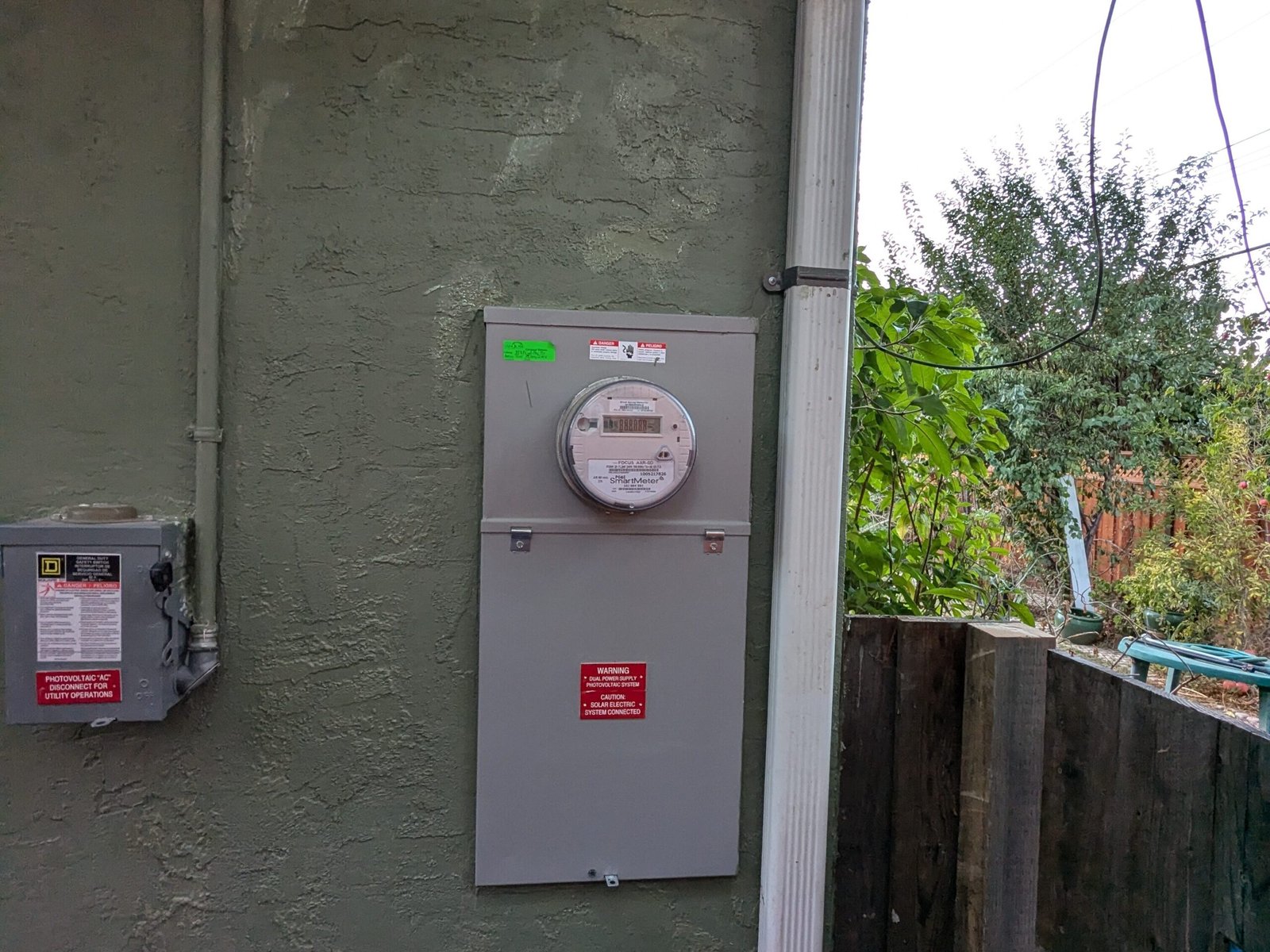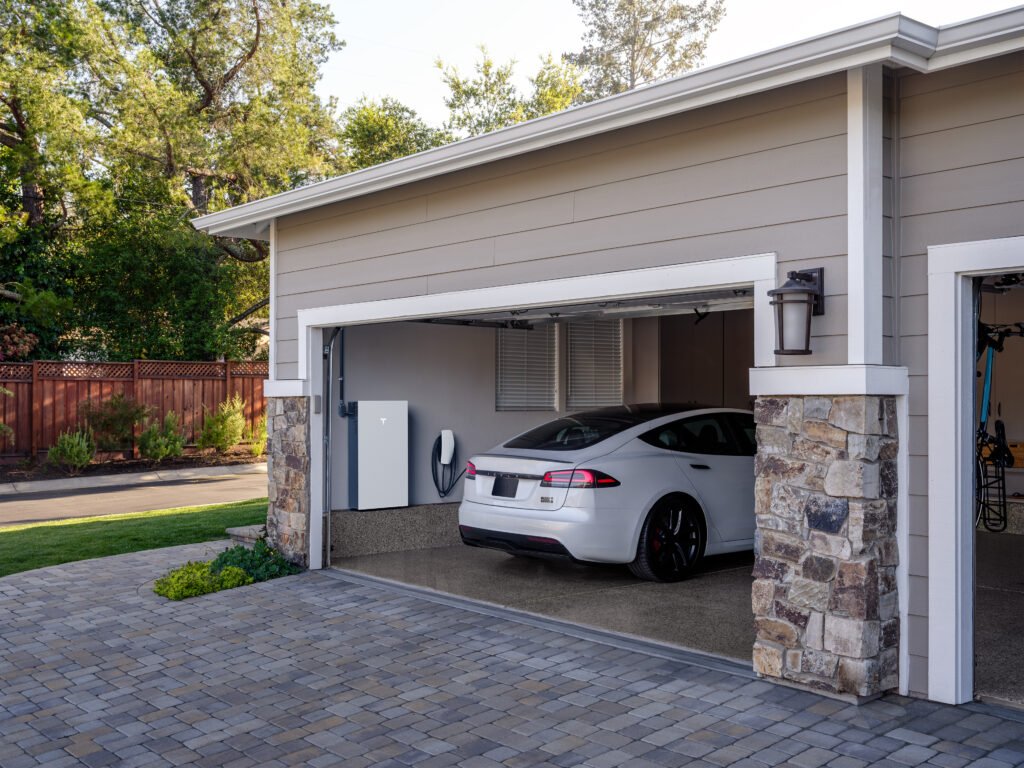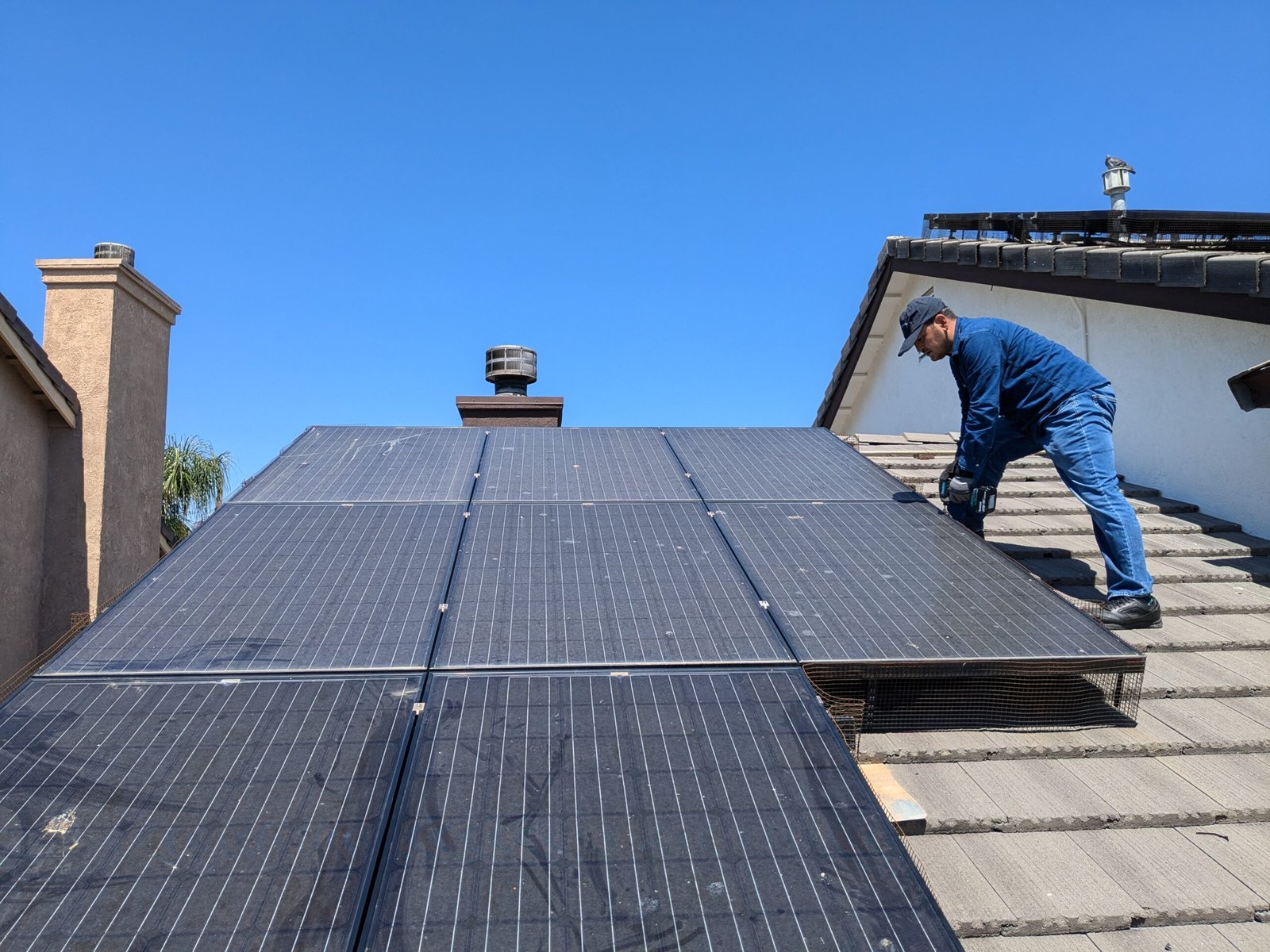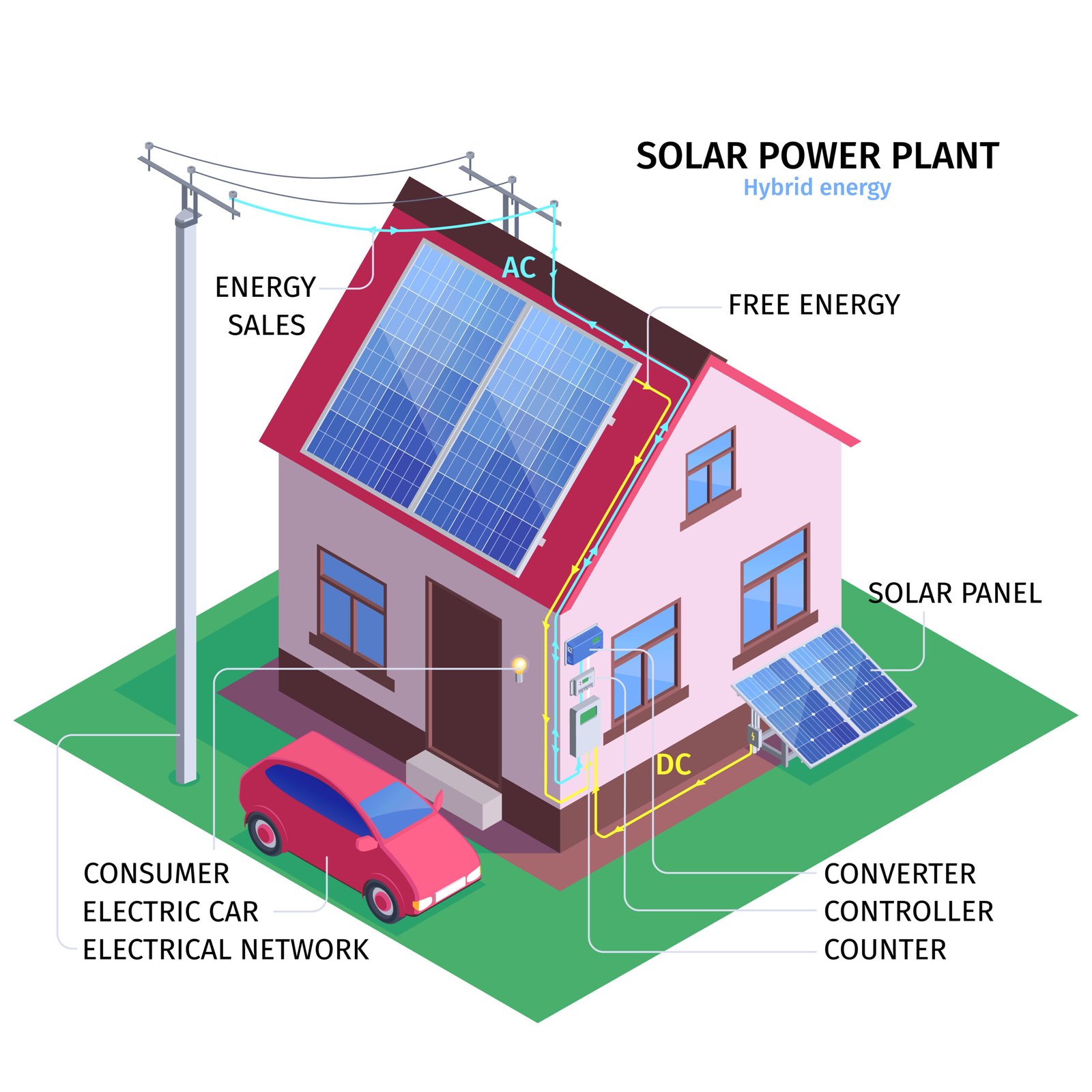If you’re a homeowner or property manager in the Bay Area, ensuring your electrical system is up to code is essential—not only for safety but also for powering today’s energy-hungry appliances and tech. One of the most critical components of your electrical system is the main panel, often referred to as the breaker box. An outdated or overloaded panel can lead to frequent power outages, fire hazards, and limited capacity for future upgrades like EV chargers or solar systems.
In this article, we’ll walk you through everything you need to know about an Electrical Main Panel Upgrade in the Bay Area—when to do it, why it matters, what to expect, and how to get it done by certified electricians.
What is an Electrical Main Panel?
The electrical main panel is the heart of your home’s electrical system. It’s where power from the utility company enters your home and gets distributed to different circuits. Think of it as the central control hub for all electrical functions.
Most older homes in the Bay Area still operate on 100-amp panels, which were sufficient in the past. However, with the rise of electric vehicles, solar energy systems, and high-powered appliances, many homes now require 200-amp or higher panels to keep up with modern demands.

Signs You Need an Electrical Panel Upgrade
If you’re experiencing any of the following issues, it may be time for a main panel upgrade:
- Frequent circuit breaker trips
- Flickering lights
- Buzzing sounds from the panel
- Scorch marks or burning smells
- Outdated fuse boxes
- You’re installing a new EV charger or solar system
- Your home is over 30 years old
Electrical codes and power needs have changed drastically in recent years. Not only does upgrading help ensure safety, but it also boosts property value and makes future upgrades easier.
Why Choose a Professional Electrician for Main Panel Upgrades in the Bay Area?
Due to the complex nature of main panel upgrades, this is not a DIY-friendly task. Hiring a licensed and certified electrician in the Bay Area ensures your panel meets local building codes, passes inspection, and protects your home from fire and electrical hazards.
At CalPacific Power Inc., we specialize in Electrical Main Panel Upgrades across the Bay Area, serving cities like San Jose, Oakland, Fremont, Sunnyvale, Mountain View, and beyond. Our team is trained to handle both residential and commercial upgrades safely and efficiently.
The Process of Upgrading Your Electrical Main Panel
Here’s what the typical process looks like:
- Initial Inspection: Our team will assess your current panel, electrical usage, and future needs.
- Permit Application: We’ll handle all necessary permits required by your city in the Bay Area.
- Utility Coordination: We’ll coordinate with PG&E or your local utility provider for safe disconnection and reconnection.
- Installation: We’ll remove the old panel, install the new one, and rewire circuits as needed.
- Inspection & Testing: A city inspector will verify the work before it’s approved. We’ll also run safety checks before reconnecting your power.

How Much Does a Main Panel Upgrade Cost in the Bay Area?
The cost of an electrical main panel upgrade in the Bay Area typically ranges from $5,500 to $7,500, depending on the size of the panel, the complexity of the installation, and other site-specific factors. While it’s an investment, the long-term safety and added property value make it worth every penny.
If you’re adding solar panels, EV chargers, or an ADU (Accessory Dwelling Unit), upgrading your panel is often a required step.
Benefits of a Main Panel Upgrade
- Enhanced safety: Prevents electrical fires and overloads
- Increased capacity: Supports more appliances and future upgrades
- Home value boost: Modern systems appeal to homebuyers
- Code compliance: Meets current NEC and local building codes
- Supports clean energy: Essential for EVs and solar systems
Why Homeowners in the Bay Area Trust CalPacific Power Inc.
We’re a locally owned and operated electrical company with years of experience serving the diverse needs of Bay Area homeowners. Our certified electricians are:
- Fully licensed and insured (CSLB License #1119317)
- Tesla, Enphase, and Schneider certified
- Known for fast turnaround, transparent pricing, and professional service
Whether you’re in a historic San Francisco home or a new Fremont build, we tailor our services to meet your electrical needs safely and efficiently.
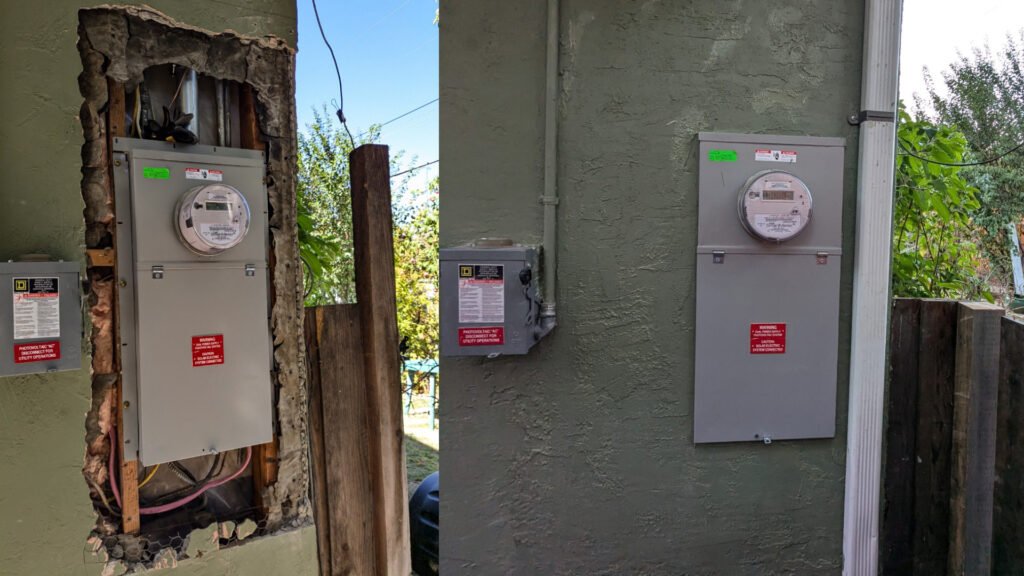
Get Your Free Estimate Today
Don’t wait for an electrical issue to become an emergency. If you’re considering an electrical main panel upgrade in the Bay Area, contact CalPacific Power Inc. today for a free consultation. We’ll evaluate your home’s needs and provide a detailed, no-obligation quote.
📞 Call us now at 408-610-2030
📧 Email us at shafiq@calpacificpower.com
🌐 Visit our website to schedule your free on-site inspection.
Upgrading your main electrical panel is more than just a home improvement—it’s an investment in safety, energy efficiency, and future-readiness. Whether you’re adding solar, switching to electric appliances, or just modernizing an older home, an Electrical Main Panel Upgrade in the Bay Area is a smart move.

